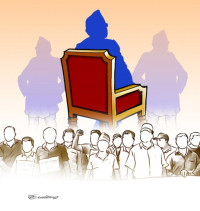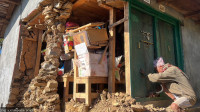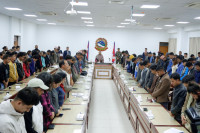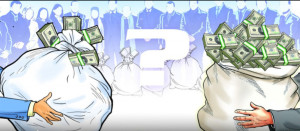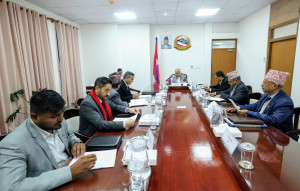Columns
The upper house debate
Without reforms, it could become a costly vestige of the past that is out of step with a democratic future.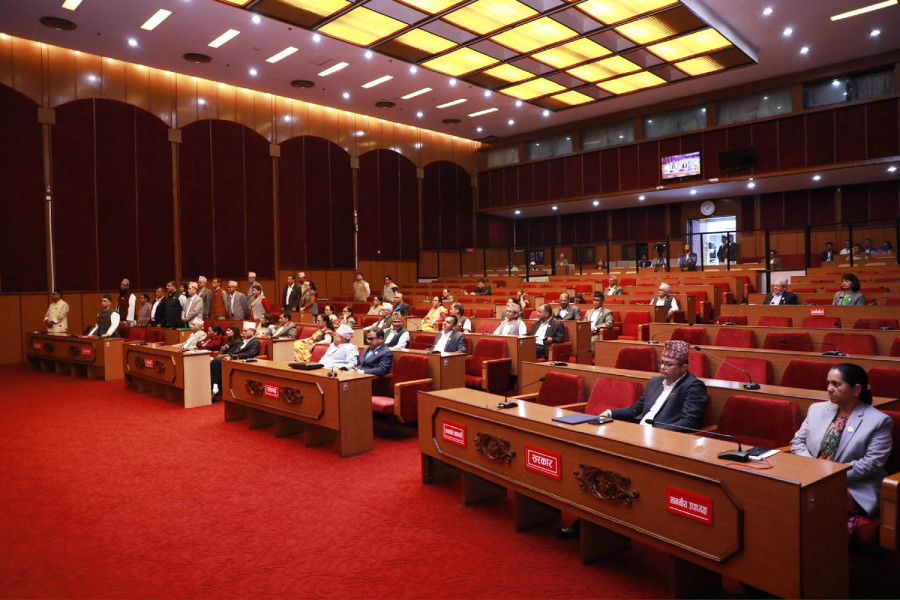
Udayan Regmi
In countries that follow the Westminster system, the upper house is indispensable in legislative scrutiny, government oversight and ensuring diverse representation. It serves as a platform for experts from various fields to provide informed input, especially in lawmaking and supervising government actions. The idea is that the upper chamber, unencumbered by the pressures of direct electoral politics, can take a long-term, principled view on legislation.
Nepal’s National Assembly exemplifies this structure. It comprises 59 members, seven from each province and three presidential appointees, and aims for inclusivity across disciplines, regions and communities. The National Assembly commands significant fiscal and political weight as its mandates range from debating and passing laws to holding the executive accountable. However, questions about its efficacy, appointment processes and representational integrity continue to plague its image and relevance.
Ideal vs reality
The philosophical underpinning of an upper house is its deliberate distinction from the lower house, where direct political representation and party competition dominate. The upper house is supposed to act as a deliberative body, bringing technical knowledge, policy experience and diverse perspectives to complement the political dynamism of the lower chamber. In theory, the bicameral setup enhances the quality of democratic governance by ensuring that legislation is thoroughly examined, revised and debated.
However, Nepal’s National Assembly often fails to meet this ideal. Political nepotism and patronage appointments have eroded its foundational objective. Members frequently owe their positions not to professional accomplishments or public service, but to party loyalty or internal political settlements. This has resulted in a chamber that appears more concerned with party politics than informed deliberation.
The public perception of the Assembly has also suffered. Viral videos of irrelevant debates and unproductive interventions on social media platforms have amplified criticism. The current composition suggests that political favour, not professional excellence, drives membership, prompting critics to deride it as a “losers’ club” or a landing spot for those unelectable in the lower house.
Structural constraints also hinder the National Assembly’s effectiveness. Constitutionally and procedurally, its powers are limited compared to the House of Representatives. It cannot initiate money bills and often serves more as a revising chamber than a co-equal legislative body. This imbalance limits its capacity to act as a true counterweight or assert independent authority.
Additionally, the issue of democratic legitimacy is central to the debate. Unlike members of the lower house, who are directly elected by the public, many upper house members are elected indirectly or appointed. This creates a sense of detachment from the electorate. In a democracy, institutions that wield significant influence but lack direct public accountability are often viewed with suspicion. This disconnect contributes to declining public trust and scepticism about whether the Assembly serves the broader citizenry or establishes elite interests.
Cost and redundancy
The economic burden of maintaining the upper house has also fueled its critics. With 59 members drawing salaries, perks and travel allowances, the cost of running the institution is substantial. Considering its perceived lack of impact, many argue that the money could be better spent on education, healthcare, infrastructure, or justice reform, where Nepal continues to face pressing challenges.
So, is the National Assembly an essential check within Nepal’s democratic architecture, or an expensive and ineffective relic of parliamentary tradition?
The road ahead
The debate around the future of the upper house presents a deeper tension between democratic ideals and governance pragmatism. While critics argue for its abolition, citing redundancy and inefficiency, supporters emphasise its potential to serve as a stabilising, reflective and informed chamber, particularly in a young democracy like Nepal’s that is grappling with volatility and partisanship.
If the upper house should regain credibility, it needs reform in several areas. First, the appointment and election processes must be restructured to favour professional merit, geographic diversity and underrepresented individuals over partisan convenience. Establishing clear criteria and transparent procedures for nomination, possibly involving independent vetting commissions, could help reduce political interference.
Second, its institutional powers must be revisited. To reinvigorate its functions, the upper house needs to be granted greater legislative initiative and the ability to summon government officials for scrutiny or stronger roles in budgetary review. Further, increasing public access to its proceedings and decisions could enhance its visibility and accountability.
Comparative experiences from many countries provide both warnings and inspirations for us. While facing critiques of elitism, India’s Rajya Sabha has seen periods of robust debate and influence as it consists of a mix of nominated and indirectly elected experts. The United Kingdom’s House of Lords, although unelected, has leveraged the expertise of its members to play a significant role in reviewing complex legislation.
Ultimately, Nepal must decide whether it wants an upper house that functions as a cornerstone of good governance or whether it will allow the institution to drift into symbolic irrelevance.
As nations like Nepal navigate the challenges of democratic consolidation, institutions such as the upper house must evolve to meet modern expectations. This does not mean discarding them altogether but reimagining their role, structure and accountability mechanisms to benefit the nation’s well-being. If we have thoughtful reforms in place, the National Assembly could become a space for informed policy dialogue and legislative excellence. Otherwise, it risks becoming what critics already fear: A costly vestige of the past that is out of step with the democratic future.




 13.12°C Kathmandu
13.12°C Kathmandu


